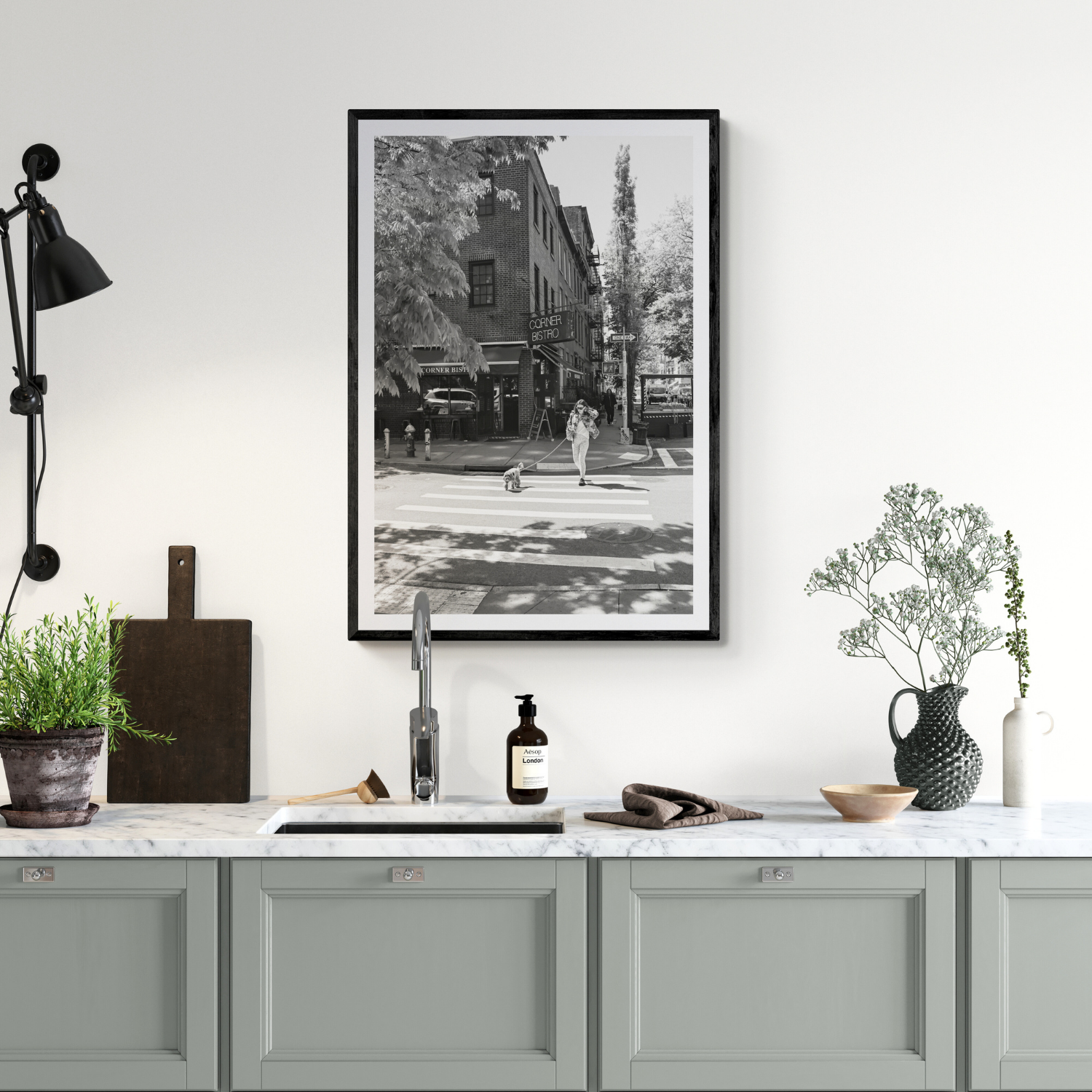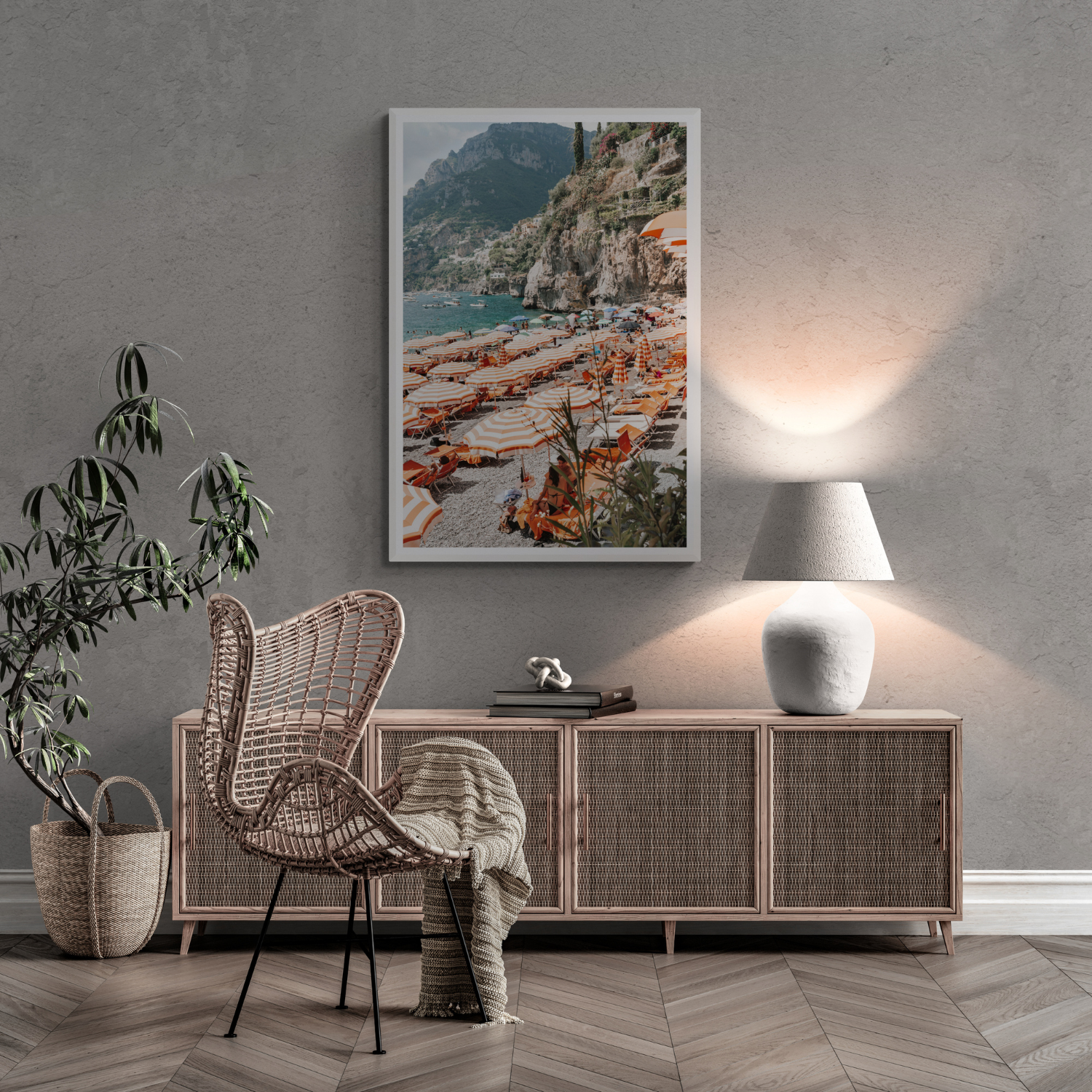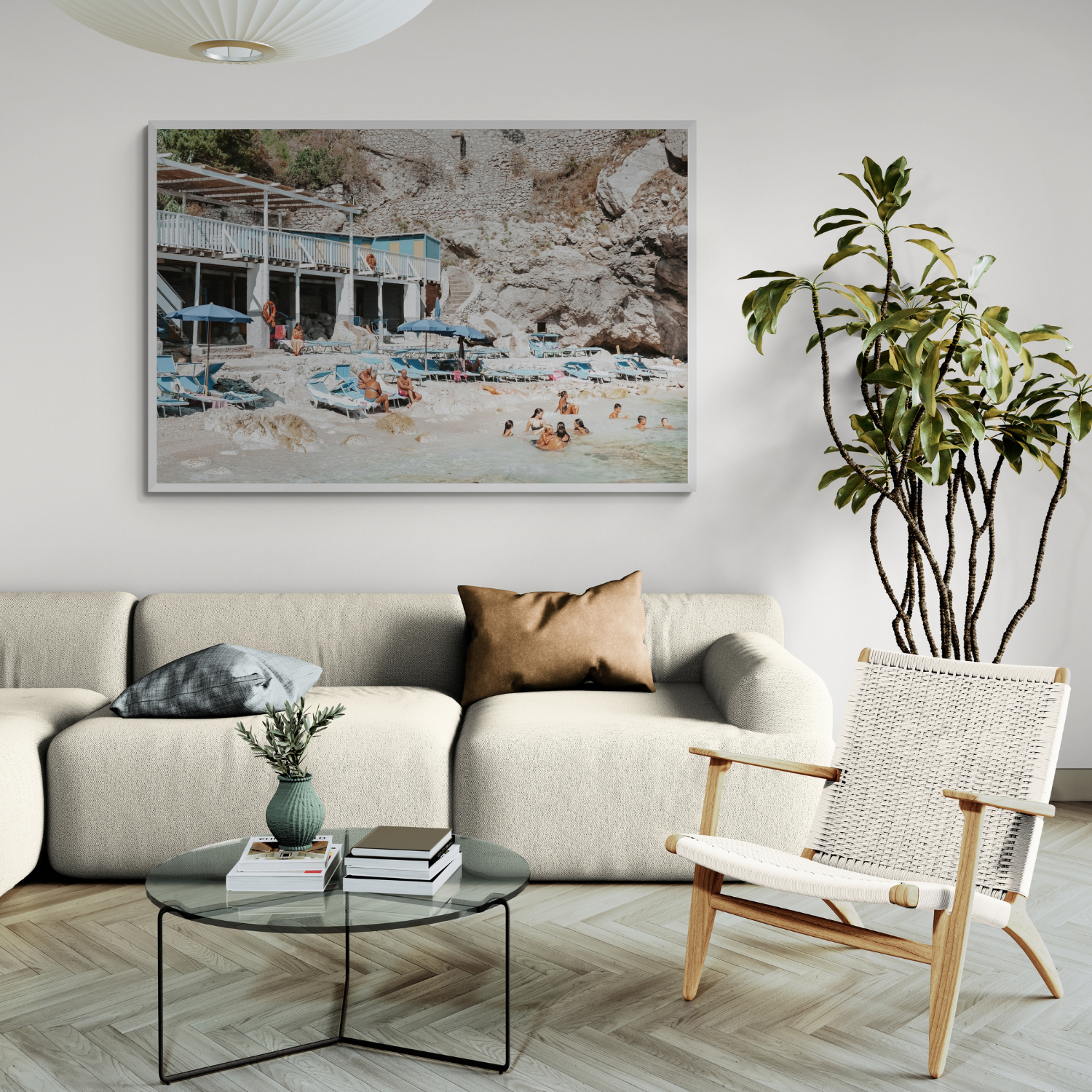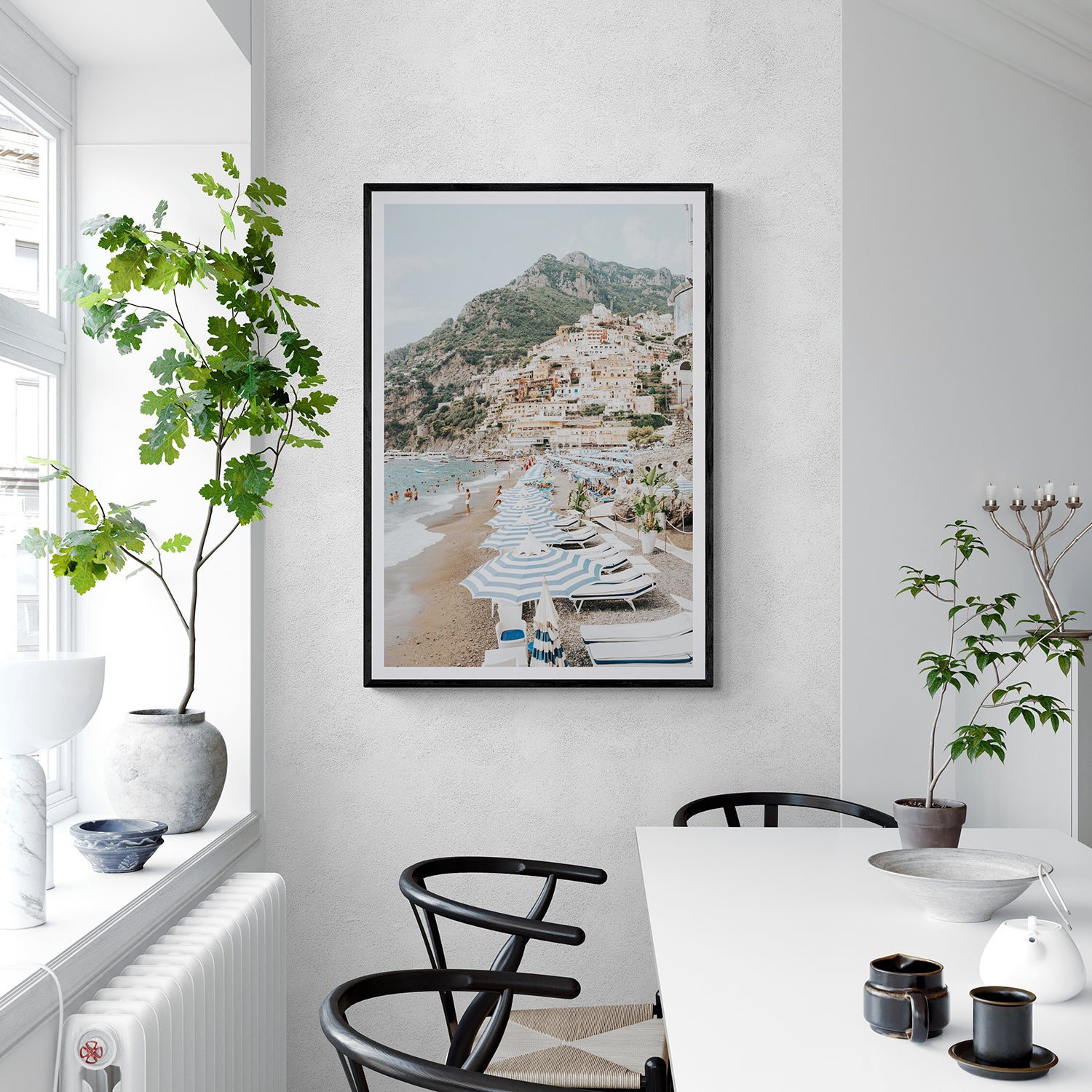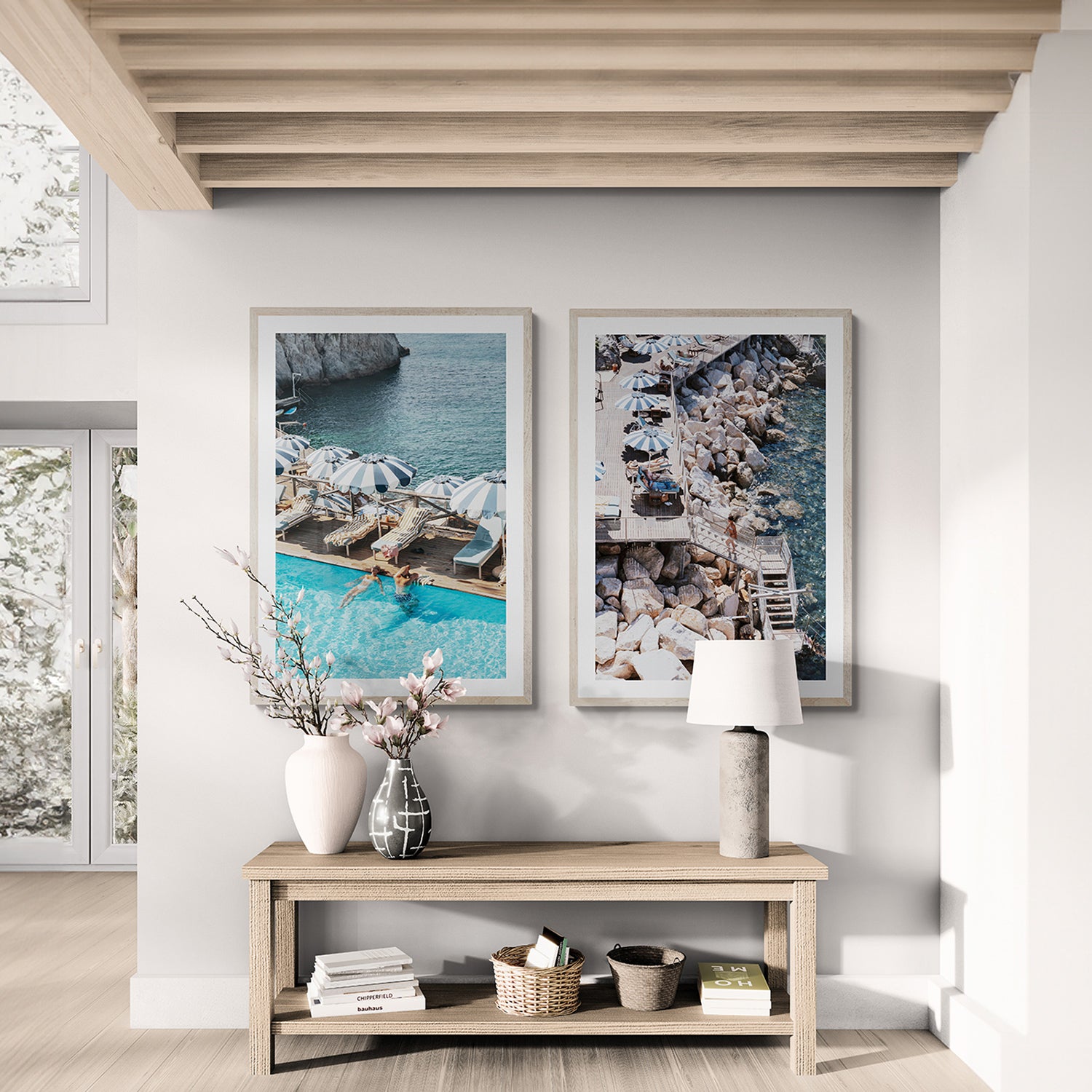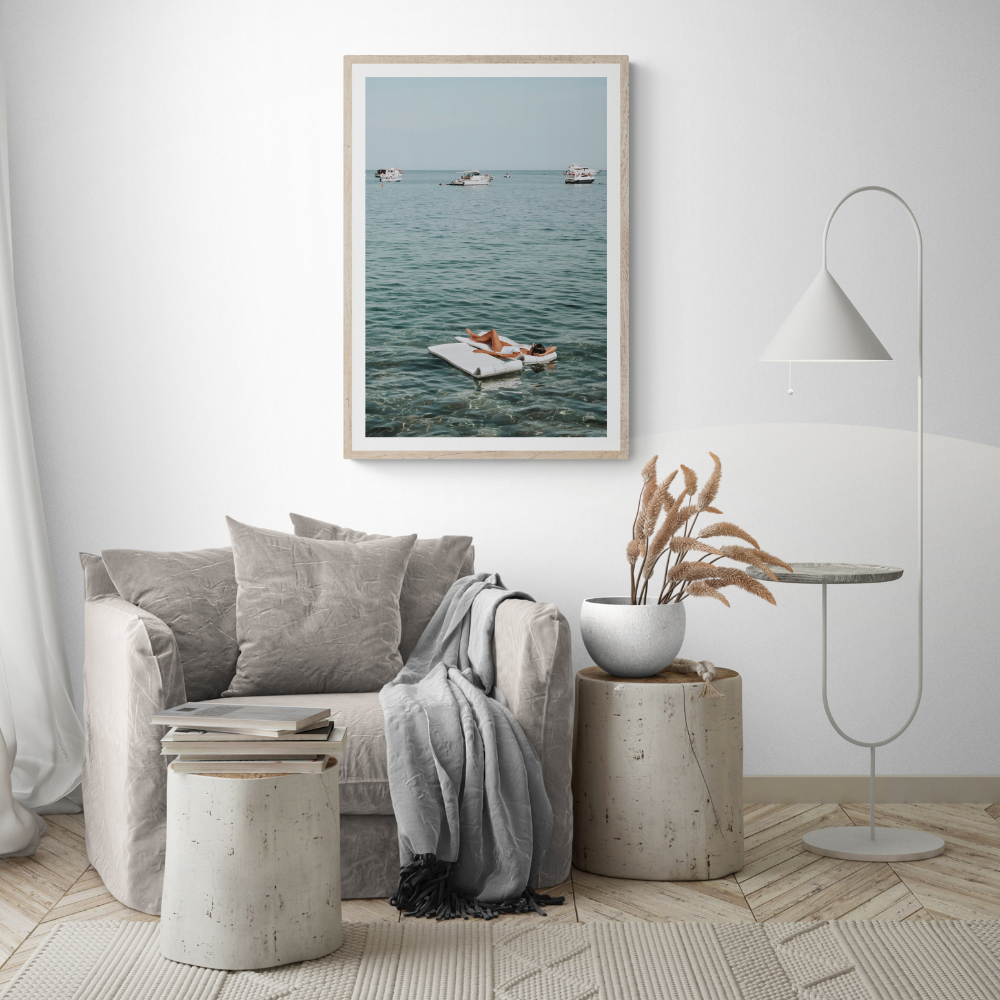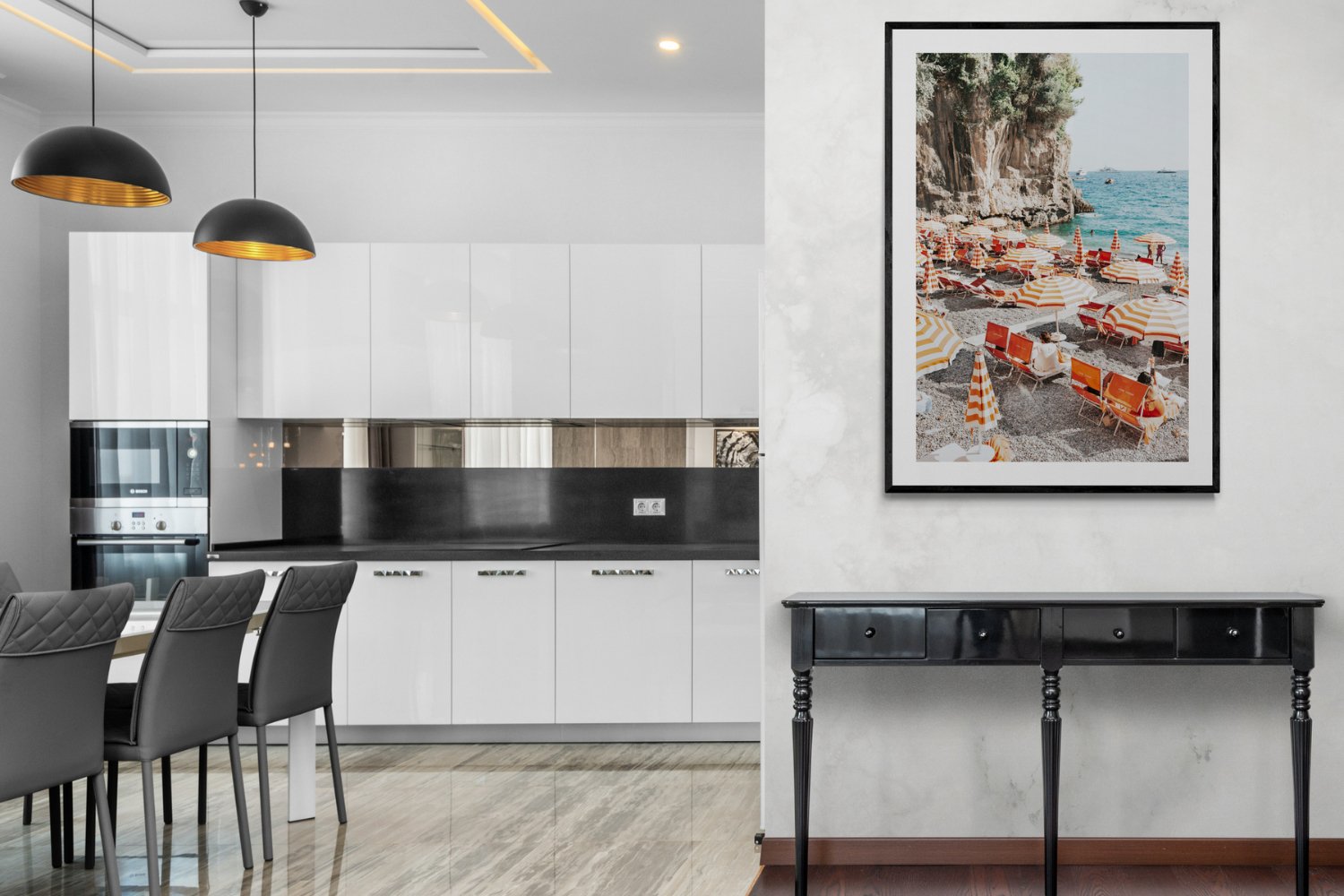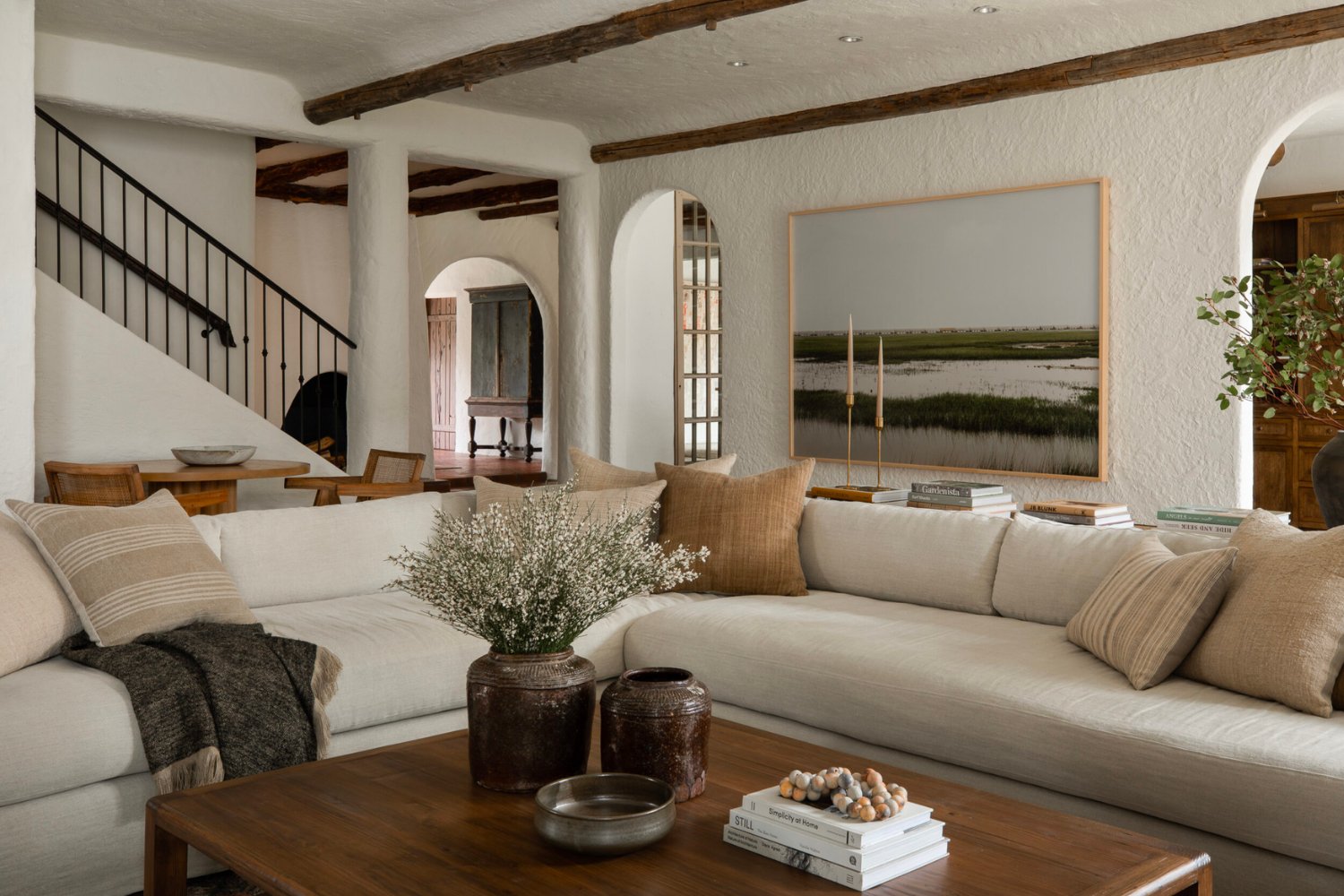Modern or Traditional? Choosing the Perfect Pieces for Your Style. When it comes to home décor and design, a crucial decision faced by homeowners is whether to embrace a modern or traditional style. Both styles offer their unique charm and appeal, and finding the perfect balance between the two can be an exciting challenge. Whether you're starting from scratch or looking to revamp your existing space, understanding the characteristics and benefits of modern and traditional styles can help you make an informed decision. In this blog post, we will explore the world of modern and traditional design and guide you towards choosing the perfect pieces for your style. First, let's establish exactly what each design style entails: Modern Style Modern design is characterised by clean lines, minimalism, and a focus on functionality. It emerged in the early 20th century and has since evolved to incorporate a wide range of influences. Key features of modern style include open floor plans, neutral colour palettes, and the use of materials such as glass, metal, and concrete. Modern furniture often features sleek and simple designs, with an emphasis on geometric shapes and innovative materials. Traditional Style Traditional design draws inspiration from classic European aesthetics and the decor of the past. It embraces symmetry, rich colours, and intricate details. Traditional spaces often feature ornate mouldings, antique furniture, and warm, inviting colour schemes. Fabrics such as velvet, silk, and brocade are commonly used to add texture and elegance to the room. Traditional design aims to create a sense of timeless sophistication and comfort. Now that we have a basic understanding of modern and traditional styles, let's explore how to choose the perfect pieces for your unique taste. Assess Your Space and Lifestyle: Consider the architectural style of your home and the existing elements you want to incorporate. Modern pieces tend to complement contemporary or minimalist architecture, while traditional pieces are a natural fit for older, more ornate homes. Additionally, think about your lifestyle and how you use your space. If you prefer clean, uncluttered surroundings, modern furniture may be more suitable, whereas traditional furniture can create a cosy and inviting atmosphere. Find a Balance: Finding a balance between modern and traditional elements can create a harmonious and personalised space. Consider mixing a modern statement piece, like a sleek sofa, with traditional accents such as an antique side table or a vintage rug. This combination adds visual interest and prevents the space from feeling too one-dimensional. Focus on Key Elements: Identify the key elements of your style and emphasise them in your design. For example, if you love the clean lines of modern design, opt for a streamlined dining table or a minimalist pendant light. On the other hand, if you lean towards traditional aesthetics, invest in a statement chandelier or a beautifully carved wooden bedframe. By selecting a few standout pieces, you can infuse your style into the space without overwhelming it. Consider Versatility and Longevity: Think about the longevity and versatility of the pieces you choose. Trends come and go, so investing in quality pieces that can stand the test of time is a wise decision. While modern furniture may have a more contemporary feel, well-crafted traditional furniture can adapt to changing trends by incorporating subtle updates or mixing it with modern accents. Personal Taste and Comfort: Ultimately, your personal taste and comfort should guide your decision. Don't be afraid to trust your instincts and select pieces that resonate with you emotionally. Your home should reflect your personality and provide a comfortable sanctuary, so choose furniture and decor that make you feel truly at home. So, when it comes to choosing between modern and traditional styles, there is no definitive right or wrong answer. It all boils down to your personal preferences, the architectural style of your home, and the ambiance you wish to create. The key is to strike a balance and create a space that reflects your unique style and personality. By selecting key pieces that highlight your preferred style and incorporating complementary accents, you can achieve a harmonious and visually appealing space.


